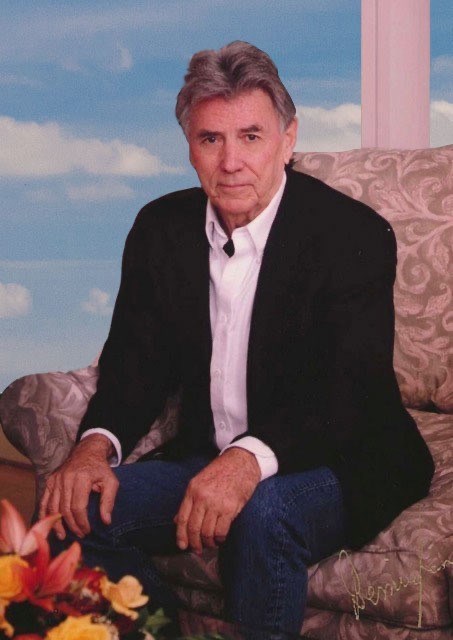
OBITUARY
Theodore Richard Zeigler
February 4, 1927 – January 9, 2023

Originally, from Colorado, Ted spent more than 70 years in the Washington, D.C. area as a graphic designer, inventor and entrepreneur. He overcame the trauma of a childhood on a farm destroyed by the dustbowl to become a high school football star, then a soldier serving in World War ll. After rising to the top of his field as a graphic designer, Ted invented the first “pop-up” display, which transformed the exhibition industry.
Ted was born in Kansas City, Kansas on February 4, 1927, the fourth of George and Ethel (Burnett) Zeigler’s five children. His parents moved the family to Boulder, Colorado before investing in a wheat farm in Eastern Colorado that was soon devastated by the dust bowl. The family lost the farm and returned to Boulder where Ted’s parents divorced.
Ted attended Boulder high school, where he excelled in art and athletics, playing Varsity football, wrestling and track. Graduating in 1944, Ted enlisted and served in the Army but did not see combat.
After the service, Ted attended the University of Colorado, majoring in Fine Arts. He married a classmate from Boulder High School, Helen Louise Pease. They had two daughters who both survive Ted; Constance (Michael) Thomasson and Judith (Jerry) Watson. Ted and Helen divorced and Ted married again but was divorced when he died.
After college, Ted moved his family to Washington, D.C. to work as an illustrator for the Defense Department. He spent the rest of his life in the Metro area but always considered himself a transplanted westerner.
Ted left the Defense department to work for the private design house Beveridge & Associates (Beveridge Seay today). In the next few years, he won more than a dozen Art Director’s Club awards, three of which were Best of Show.
Ted became intrigued by the geodesic domes created by R. Buckminster Fuller and began building geodesic models. He discovered how to make a dome deploy from a bundle of sticks into a stable freestanding structure and collapse without disassembly, similar to an umbrella folding. This invention (later patented) was the world’s first fully folding geodesic structure.
Ted developed and sold two kinds of products from his invention, outdoor shelters and exhibit systems. His most successful and well-known product is the “Instand” a lightweight folding exhibit frame for trade show booths and the like. Ted incorporated as Nomadic Structures, Inc., later doing business as Nomadic Display for the display products and as World Shelters, Inc. for the outdoor products. Both companies sold products successfully around the world and employed many Metro area residents.
Ted never formally retired, but Nomadic Display was sold in 2016. For the rest of his life he continued to sketch new shelter systems but did not introduce new products. In his final years, he lived modestly but comfortably in Alexandria, drawing, reading, exercising and enjoying his large family, including his two daughters and their husbands, two grandchildren, three great-grandchildren and three great-great-grandchildren.
No services are planned at this time and the family wishes no memorials.
Show your support
Add a Memory
Share Obituary
Get Reminders
Services
SHARE OBITUARYSHARE
- GET REMINDERS
v.1.12.1